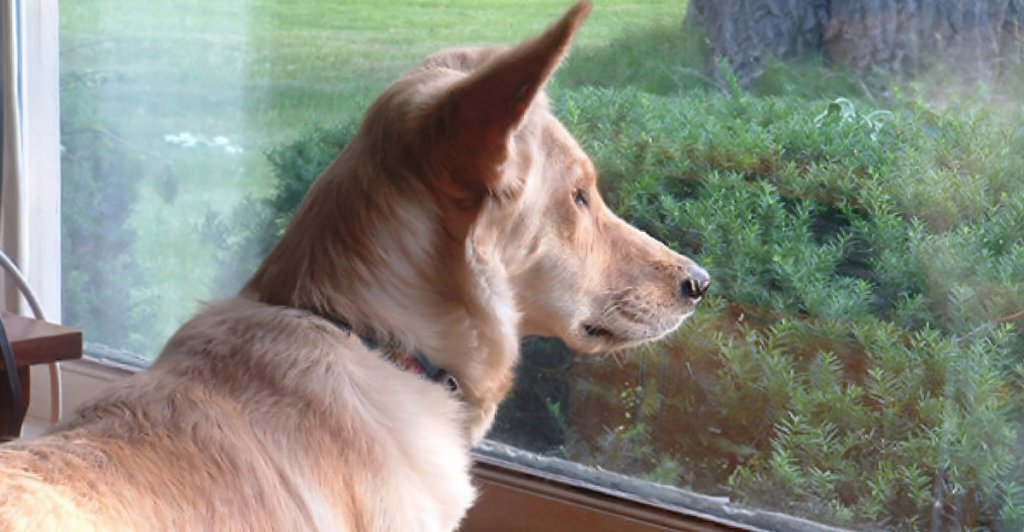
Just like humans, dogs can experience depression, and it can manifest in many different ways. If your dog seems off, it’s important to recognize the signs of depression to give them the support they need. In this article, we will look at ten indicators that your dog may be suffering from depression, ranging from changes in behavior and appetite to unusual sleep patterns and mood swings. Understanding these signs can help you take the right steps to improve your dog’s emotional well-being and ensure they receive the care and attention they deserve.
1. Loss of Interest in Activities

Dogs suffering from depression will often lose interest in activities they once loved, like playing fetch or going on walks. A sudden change in behavior like this can be a significant indicator of depression, as it shows a decrease in motivation and enthusiasm.
2. Changes in Appetite
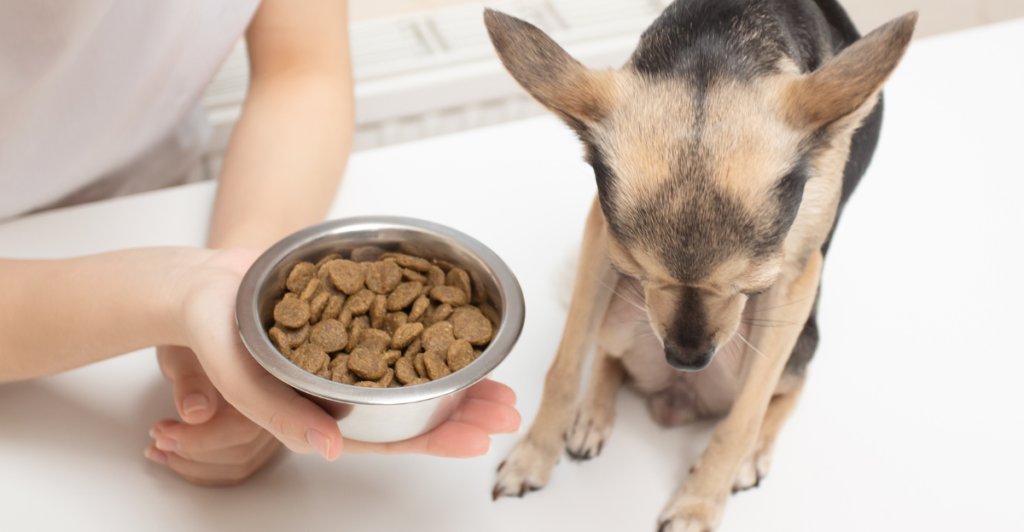
Another common symptom of depression in dogs is a sudden change in appetite. While some dogs might eat less due to a lack of interest in food, others might overeat as a coping mechanism. If your dog suddenly gains or loses weight, or if their eating habits suddenly change, it could be a sign of depression.
3. Increased Sleeping

When a dog struggles with depression, it might sleep more than usual, especially during times when they are usually active. This increased lethargy can be a sign of emotional distress and indicates a lack of energy and motivation.
4. Withdrawal and Avoidance
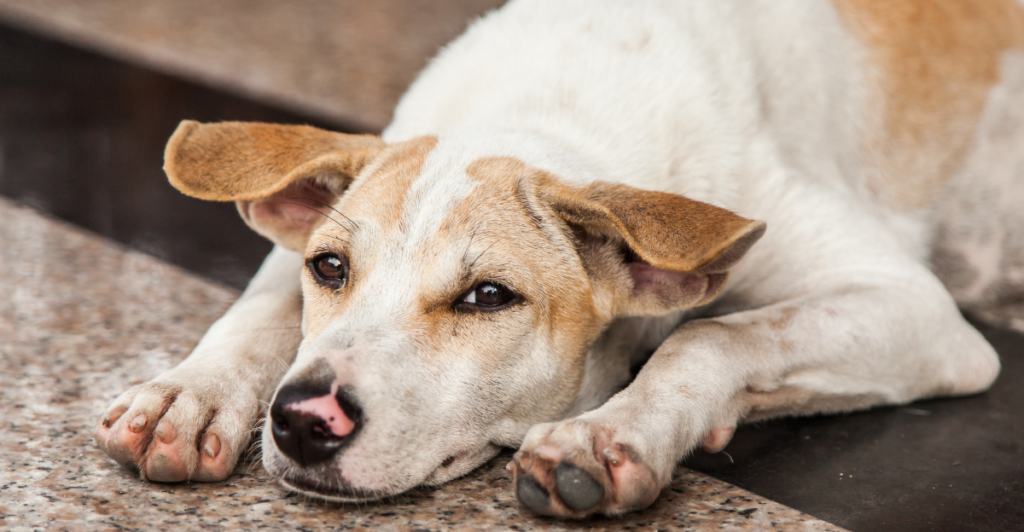
Dogs with depression will often withdraw from social interactions and prefer to be alone. Sometimes, they will even avoid family members or other pets, which can be a clear sign of emotional distress.
5. Clingy Behavior

On the other hand, some dogs could become more clingy and needy when they are depressed, seeking constant reassurance from their owners. This is a way for them to cope with their emotional state.
6. Excessive Grooming
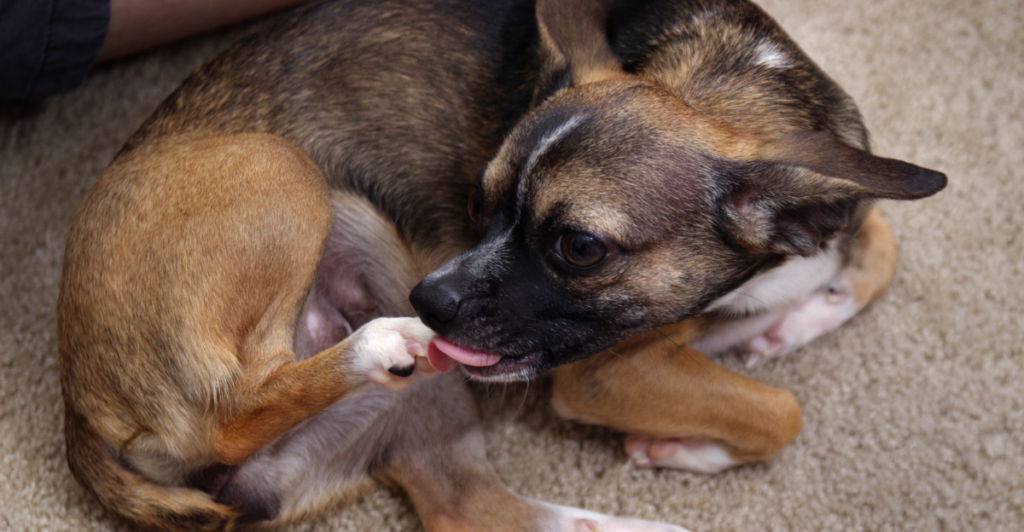
If your dog starts excessively licking or chewing, especially on their paws, it can be a sign of depression or distress. This is often seen as a self-soothing mechanism for dogs when they are struggling with stress or anxiety.
7. Changes in Sleeping Patterns

Changes in sleep patterns, such as insomnia or excessive sleep, can also be an indication of depression. These changes can disrupt a dog’s normal routine and overall well-being.
8. Vocalizations
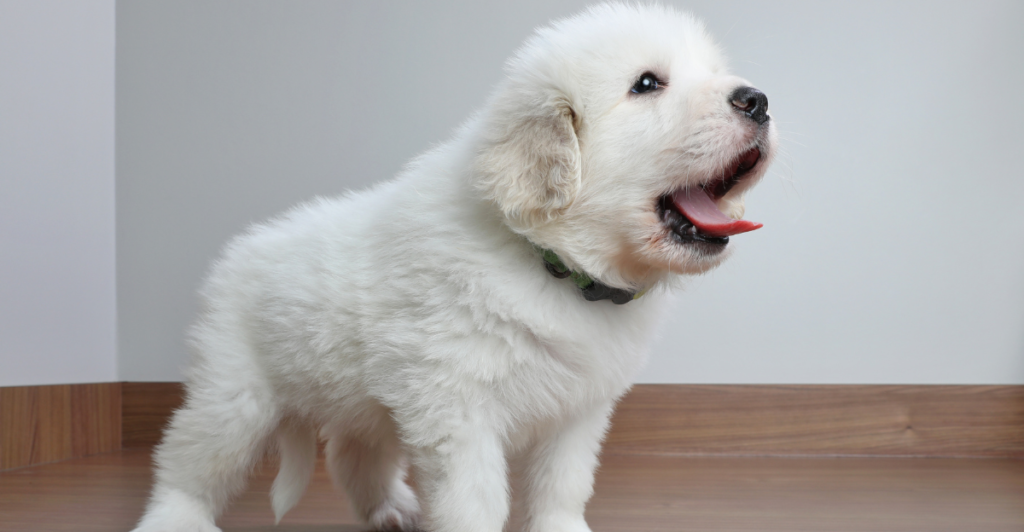
If your dog suddenly becomes more vocal than usual, something might be wrong. Increased whining, whimpering, or howling can be a way for dogs to express their emotional distress. These vocalizations are often more frequent in dogs experiencing depression.
9. House-Training Accidents

House-trained dogs may have accidents indoors due to depression, which indicates a regression in behavioral training. This can be a sign of stress or anxiety affecting their ability to control their bladder.
10. Aggression or Irritability
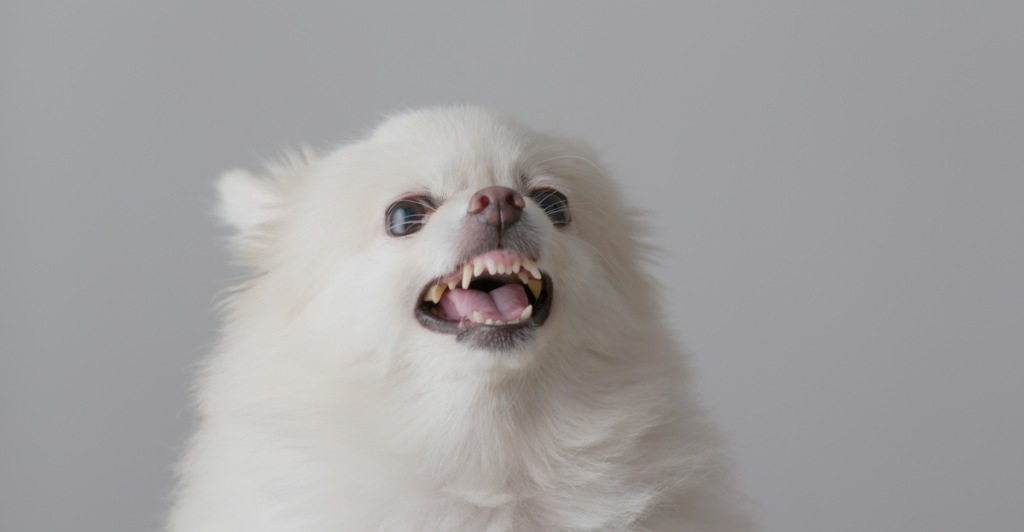
Some dogs may show aggression or irritability when they are depressed, which can manifest as chewing or other destructive behaviors. This change in behavior is a clear indicator of emotional distress.
Explore more of our trending stories and hit Follow to keep them coming to your feed!

Don’t miss out on more stories like this! Hit the Follow button at the top of this article to stay updated with the latest news. Share your thoughts in the comments—we’d love to hear from you!







